The Yorkville Enquirer reported on March 28, 1872 – “A steam engine boiler at the Ironworks of John F. Taylor and Co., in Charleston exploded recently. Frederick Barton was killed and a number of employees were injured. A portion of the boiler was thrown into the carpenter’s shop of Sawyer and Ferguson on Hassell Street.”
City Directories and History: The company created significant number of machine parts and equipment in Charleston. Associated with the company in the post Civil War boom were: J.F. Taylor, E.M. Troth and Wm. H. Prioleau.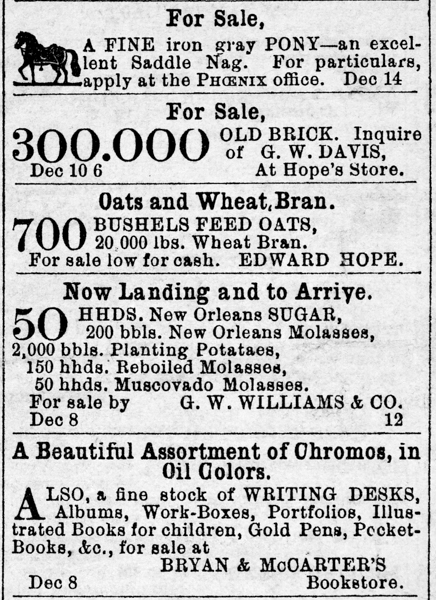
The receipt shown below, listed the following officers and directors: G. W. Williams, R. Brotherhood, A. G. Rose, W. E. Breese at #1 Broad Street. Directors were: G.W. Williams, J. F. Taylor, F. J. Pelzer, C. A. Chisolm, J. C. Mallonee, D. C. Ebaugh, and D. H. Harvey.
The Yorkville Enquirer reported on April 13, 1892 – “A commission for a charter has been issued to the Blacksburg Phosphate Guano Co., with a capital stock of $100,000. The company will mine and manufacture phosphates and pyrites. The corporators are: John F. Jones, D.C. Ebaugh of Charleston, T.B. Gautieu of Morristown, N.J., G.W. Ebaugh of Spartanburg and Dr. John G. Black of Blacksburg.”
Other sources of interest: Charleston Tax Payers of Charleston, SC in 1860-61 and the Dwelling Houses of Charleston by Alice R.H. Smith – 1917
Stay Connected
Explore history, houses, and stories across S.C. Your membership provides you with updates on regional topics, information on historic research, preservation, and monthly feature articles. But remember R&R wants to hear from you and assist in preserving your own family genealogy and memorabilia.
Visit the Southern Queries – Forum to receive assistance in answering questions, discuss genealogy, and enjoy exploring preservation topics with other members. Also listed are several history and genealogical researchers for hire.
User comments welcome — post at the bottom of this page.
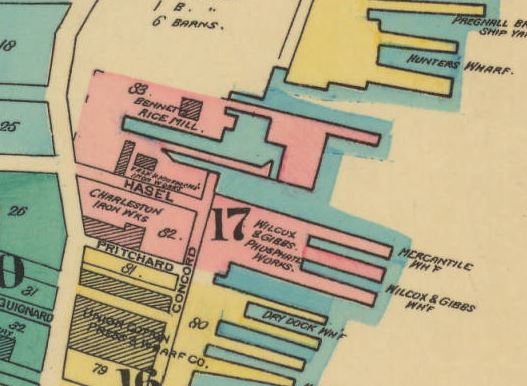
The Charleston Ironworks complex shows on this excerpt from Sanborn map 0f 1888. The ironworks was one of many throughout the city, in the late 19th century, and would have played an important role in the structural refitting of shofits, mouldings, and iron rods being used to stabilize the region following the Charleston Earthquake.
Please enjoy this structure and all those listed in Roots and Recall. But remember each is private property. So view them from a distance or from a public area such as the sidewalk or public road.
Do you have information to share and preserve? Family, school, church, or other older photos and stories are welcome. Send them digitally through the “Share Your Story” link, so they too might be posted on Roots and Recall.
Thanks!
User comments always welcome - please post at the bottom of this page.
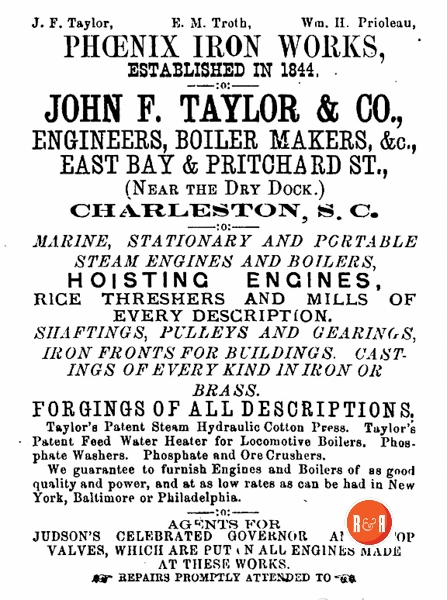
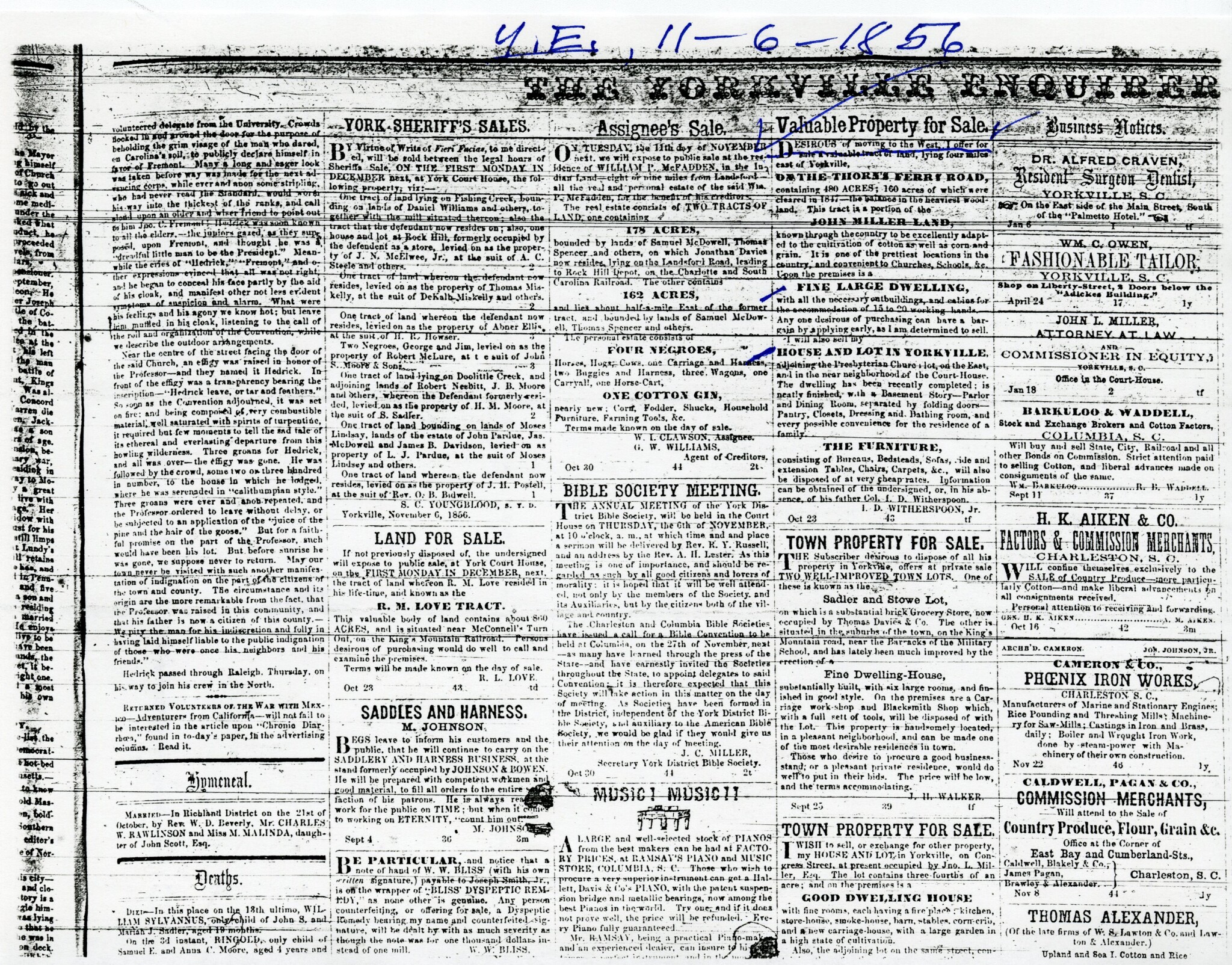
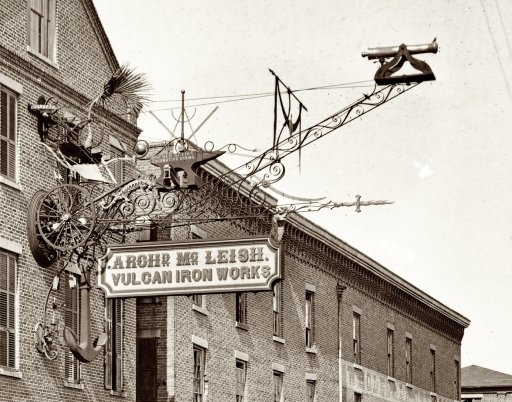
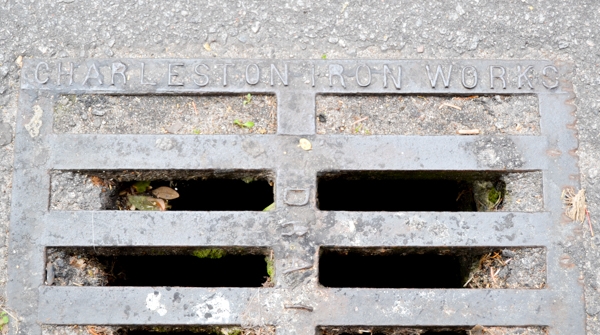
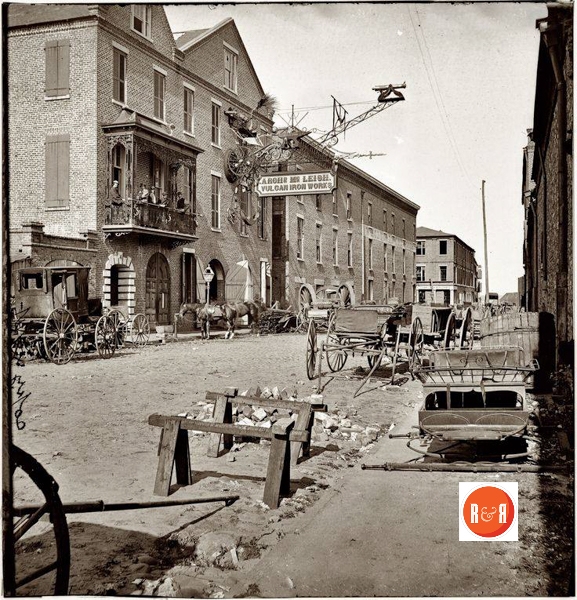
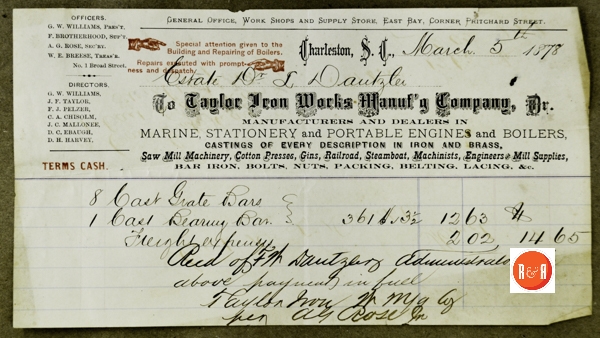
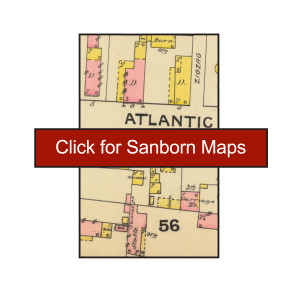
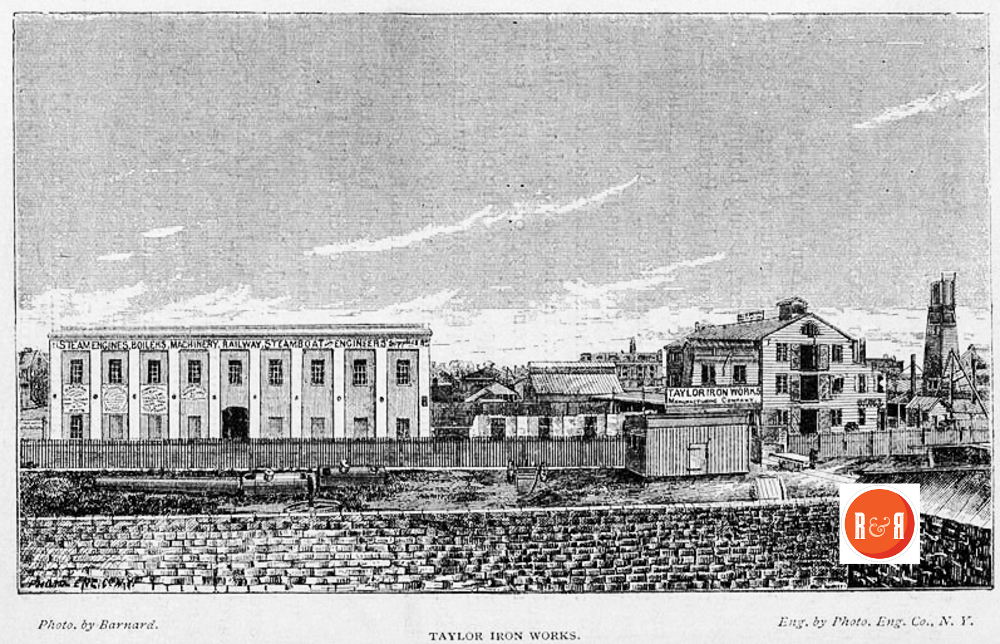
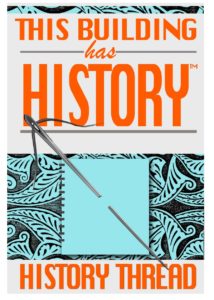


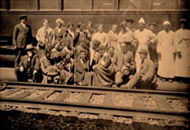
Share Your Comments & Feedback: